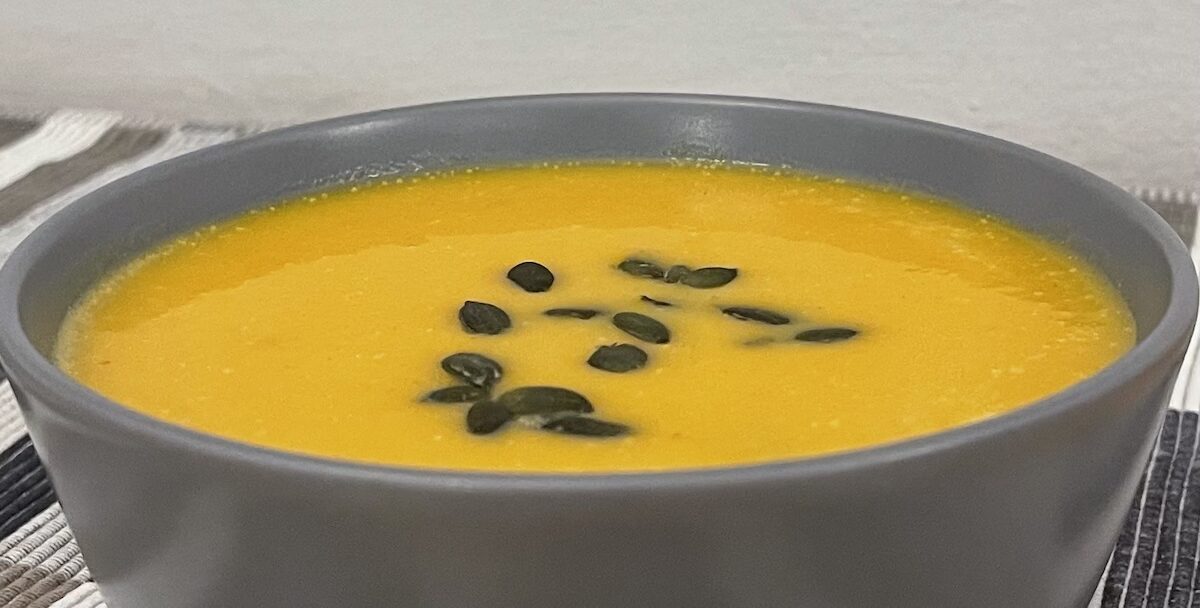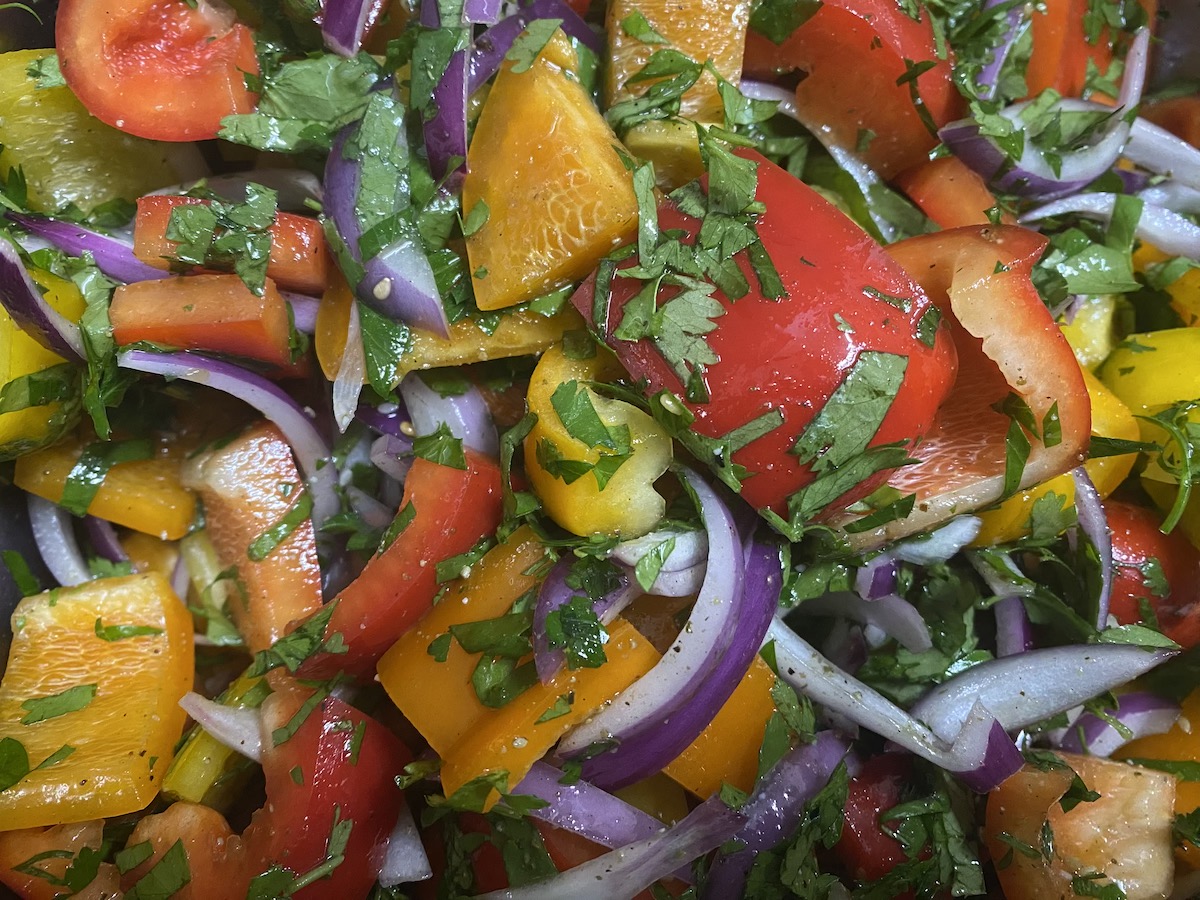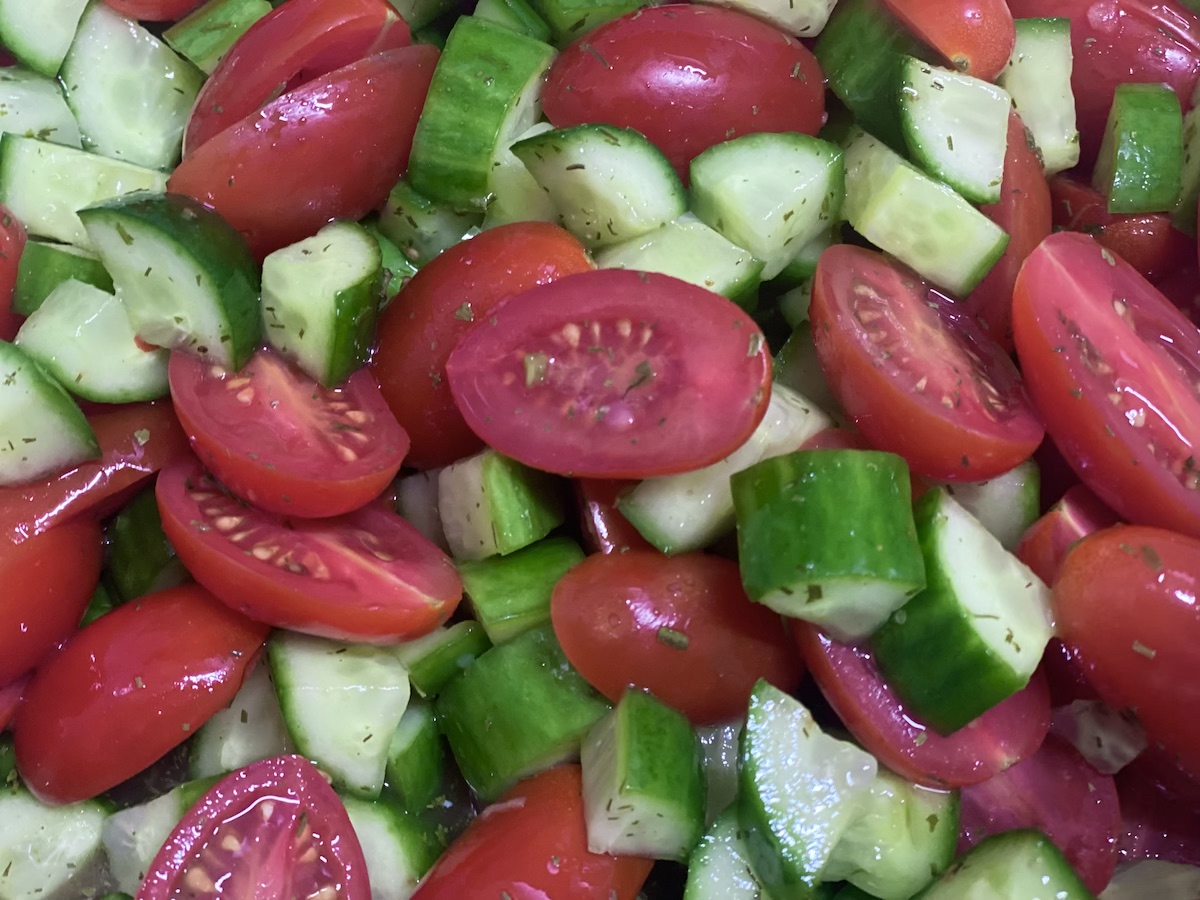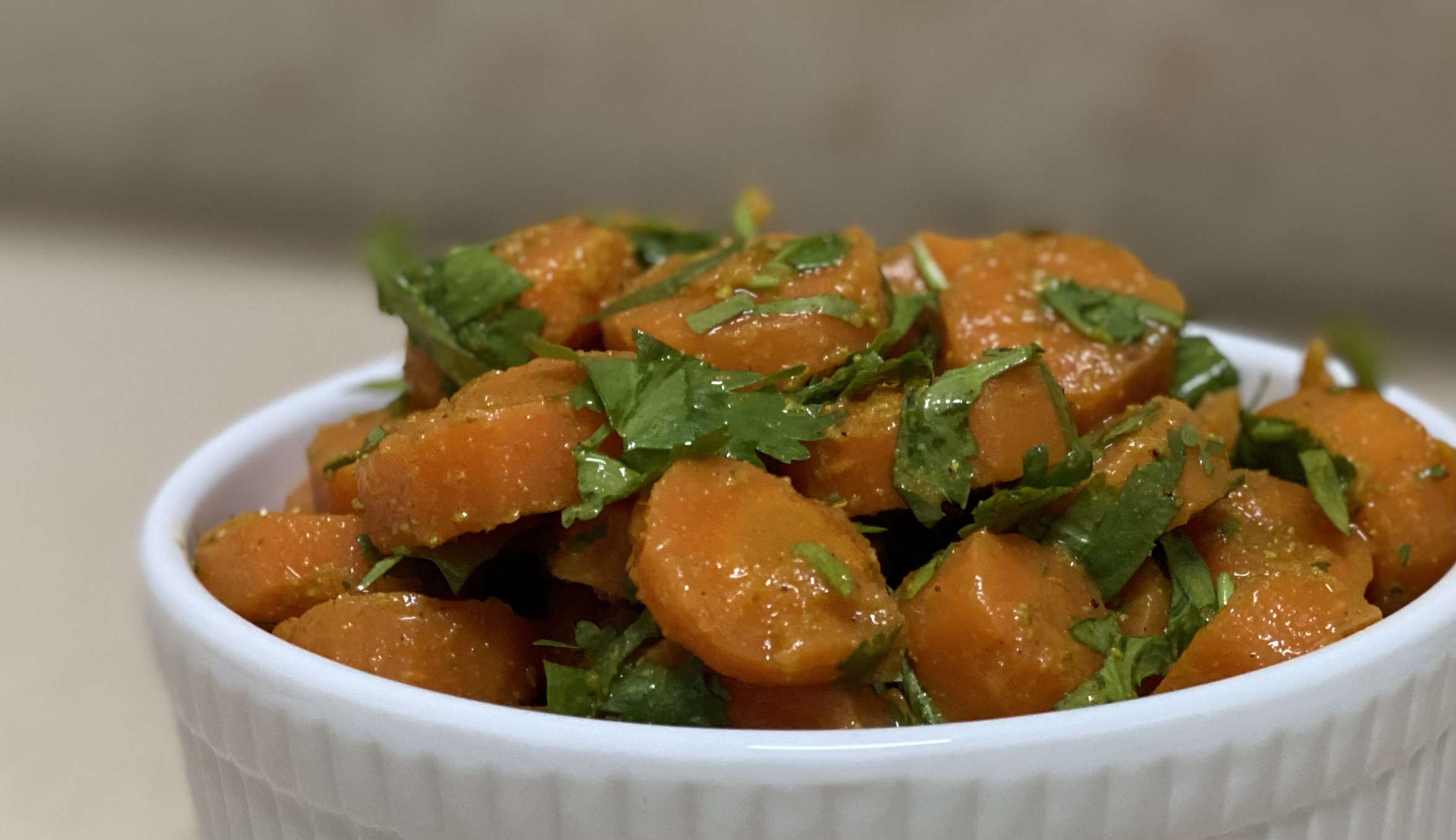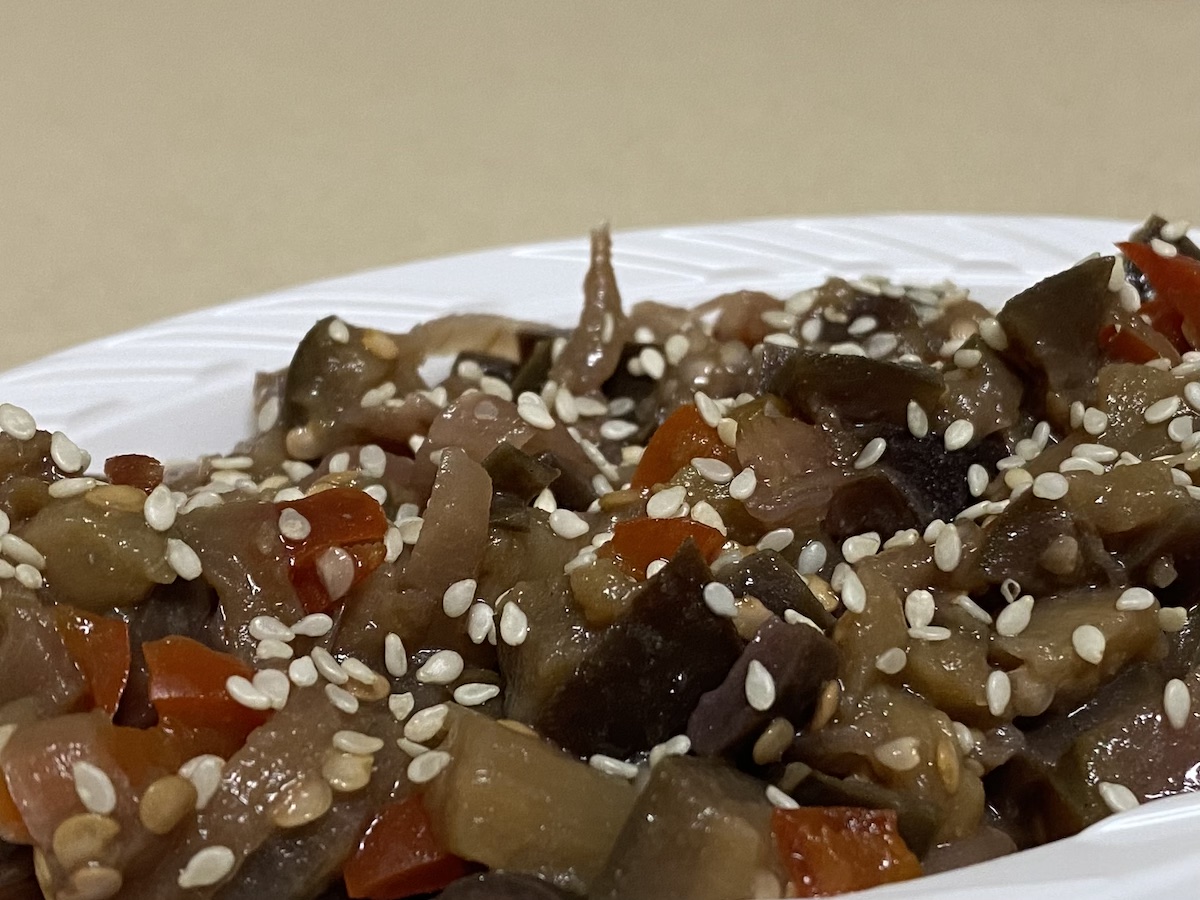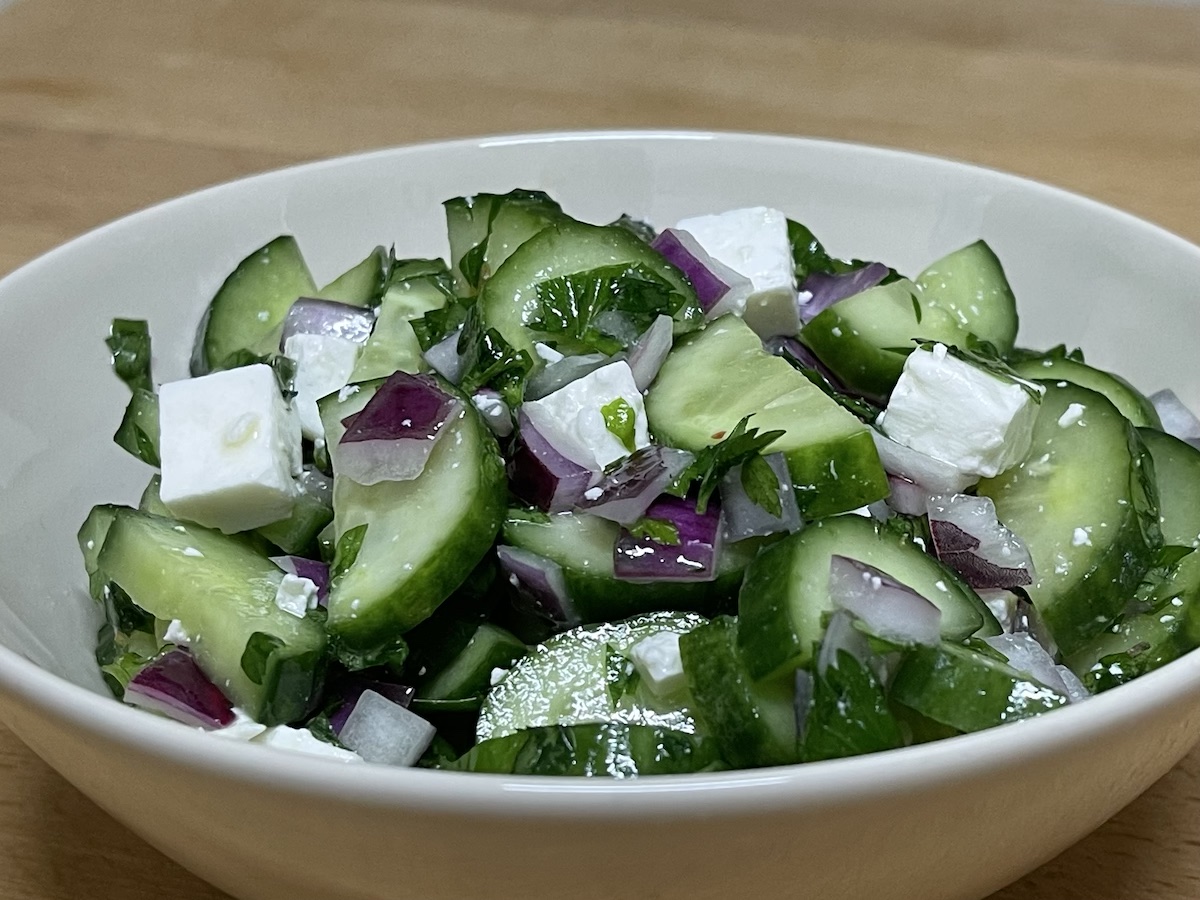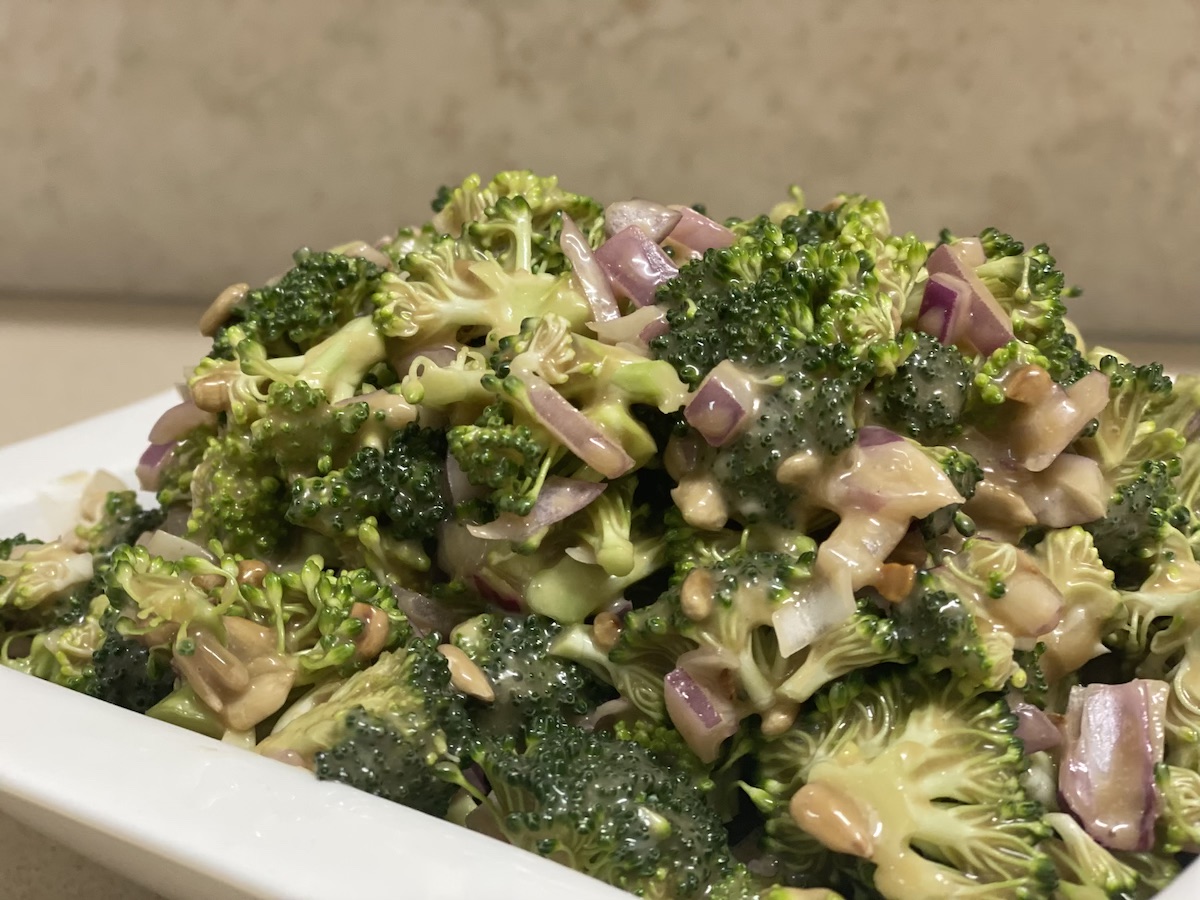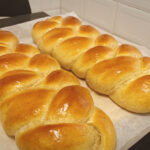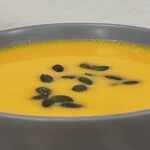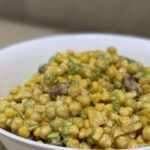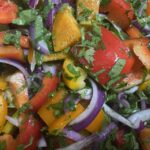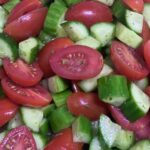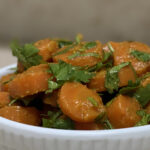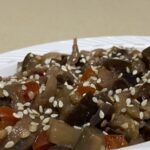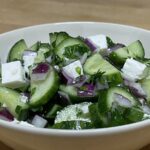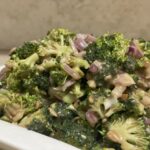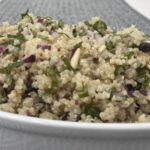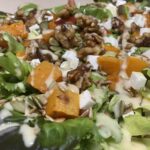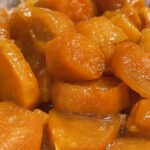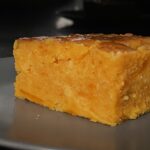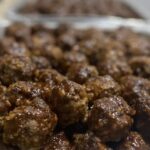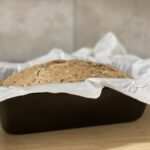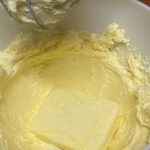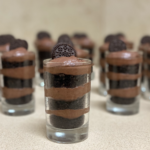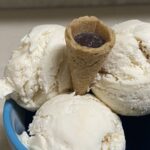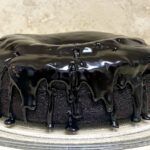So this is one of the few recipes that we do follow exact directions
The reason is because we started with a totally different recipe and adjusted it about a million times and also gave up a few times before eventually getting the exact texture and taste that worked for us.
This being said sometimes my hand does slip a bit and more flour or oil makes its way into the mixer but thankfully the Challah is very forgiving and ends up being a beautiful creation that leaves our guests satisfied.
Of course the best way to serve this Challah is nice and hot from the oven.
Sometimes we decide to make an extra few batches of dough while the machine is already ‘in use’. We let it rise as normal but once we have braided the Challah we pop it into the freezer before the second rise. Fast forward to next week or the week after and we want a lazy meal for Shabbat, we take the frozen dough out of the freezer 3 to 4 hours before we want to bake it.
Dissolve the yeast, 1 tablespoon of sugar and a little bit of water together into a measuring jug and let it stand for 5 minutes
While the yeast is activating measure out your flour, sugar and salt into your mixing bowl
Add your egg to the flour mixture
Measure the milk and oil into the yeast and mix it well
Pour the mixture into the mixing bowl with the flour and mix it all together.
We use an electronic mixer with a dough hook but you can also knead this by hand.
For a good dough consistency you need to knead the dough for about 10 minutes.
Put the dough into a lightly oiled bowl and cover with a towel or plastic bag.
Let it rise until doubled in size (usually about 2 hours)
Knead it down and braid
Let it rise again for one hour and bake at 180 degrees for about 20 to 25 minutes (if you have a meat thermometer poke the Challah – the inside temperature should be 90 degrees Celsius)
For braiding instructions you can watch Jacques in action by clicking on the video instructions button.


